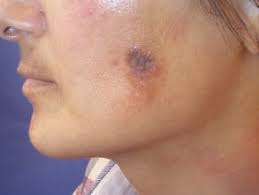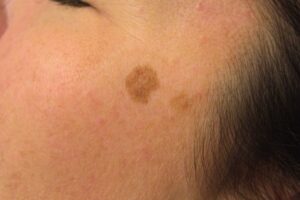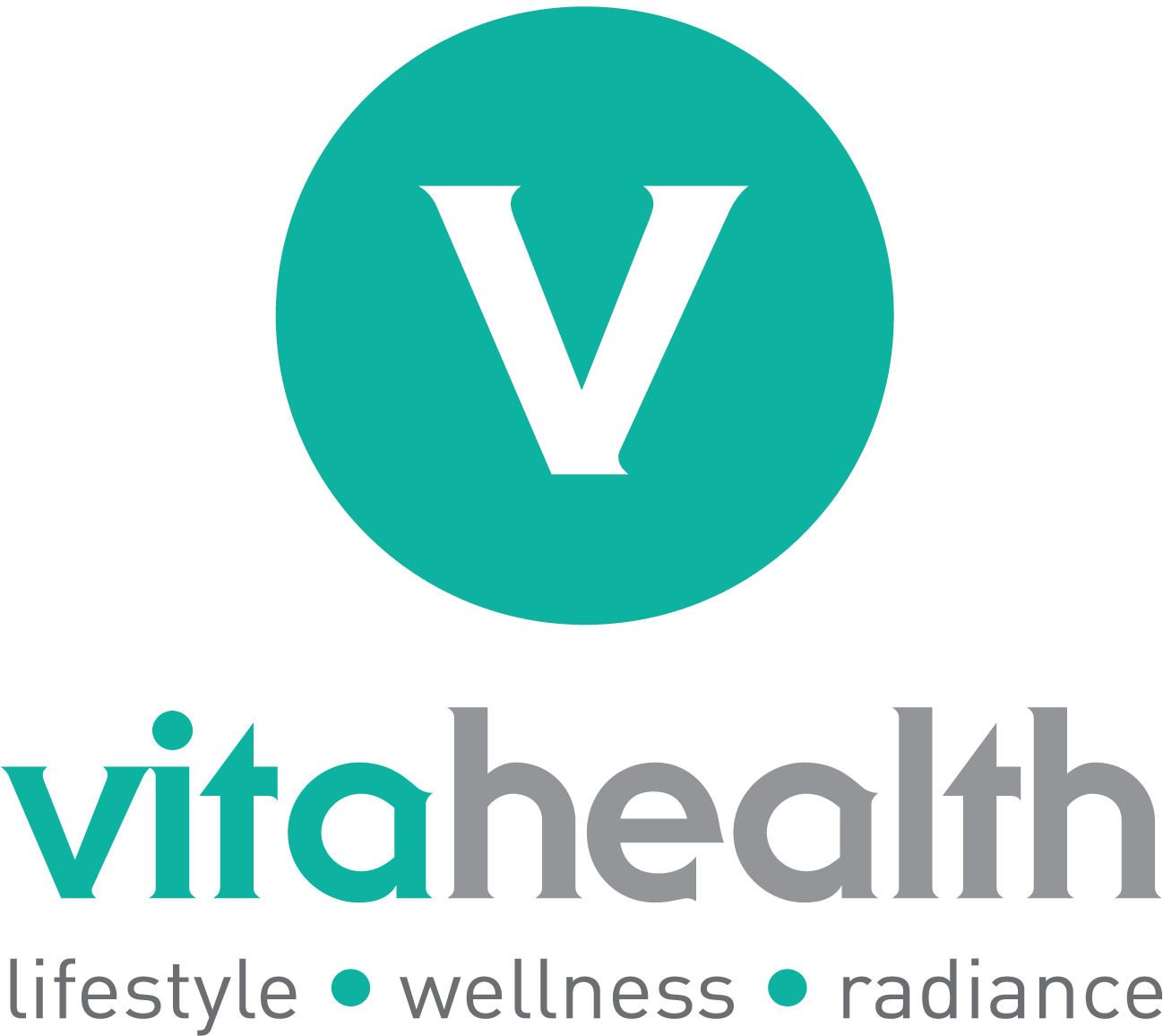Shedding Light on Pigmentation
Maybe right now you haven’t got deep crow’s feet around your eyes or wrinkles on your forehead (or maybe your do), but maybe you’ve started to develop unsightly brown patches on your face, neck, hands, shoulders and décolletage? Don’t fret, it’s most common in women under the age of 35 and it’s totally normal!
As it turns out, these dark spots are the reason for about 21 precent of all appointments made with skincare professionals. (Dr, Jestke Ultee)
These spots are called pigmentation, they’re caused by exposure to the sun, particularly the UVA rays that penetrate deep into your skin, but it can be triggered by a multitude of different lifestyle and health factors, including: sun damage (as already discussed), pregnancy, hormonal treatments (such as the contraceptive pill, implanon etc.), medication and/or an underactive thyroid.
Pigmentation can be defined as the abnormal discolouration of a person’s skin.
It occurs when UVA rays stimulate pigment cells (Melanocytes) to manufacture the pigment called Melanin. You can think of it as your skin opening up an umbrella (Melanin) over the nuclei of your cells, to prevent damage to your DNA, therefore to protect itself from the sun.
When DNA is damaged, it becomes susceptible to cell mutation; this is when you begin to develop things like solar keratosis, which are better known as age spots, basal cell carcinomas and melanomas. This does not mean to say that skin cancer and pigmentation are linked, but they are related to a certain extent. So, it makes sense why most skincare professionals loathe the ‘natural’ tan.
Environ’s Pioneer, Dr Des Fernandes says that any tan is a scar.
“When I originally made this statement, it was to highlight that Melanocytes are stimulated to make pigmentation by traumatic effects happening at cellular level. In other words: a tan is a scar.”
There are three main different types of pigmentation, Post-Inflammatory Hyper Pigmentation, Solar Lentigo and Melasma.
Post – Inflammatory Hyper Pigmentation:

Though this type of pigmentation has a complex name, it’s one of simplest forms of pigmentation. It usually appears after receiving a minor skin injury such as an itchy bite or graze. This type of pigmentation is temporary, however it can take years to disappear.
Solar Lentigo:

Also known as age spots and liver spots, this form appears due to sun exposure, they are usually found on the skin that is most exposed to the sun, for example the face, hands and arms. These are harder to get rid of and require topical treatment.
Melasma:

This type of pigmentation appears as irregular brown spots and is due to a combination of genetics, sunlight, heat and hormone regulation. This kind of pigmentation is most common during pregnancy and is sometimes referred to as ‘the pregnancy mask’.
In our next blog post we will be discussing ways to reduce the appearance of pigmentation using both in clinic skincare treatments and an at home skincare routine using Environ products.






